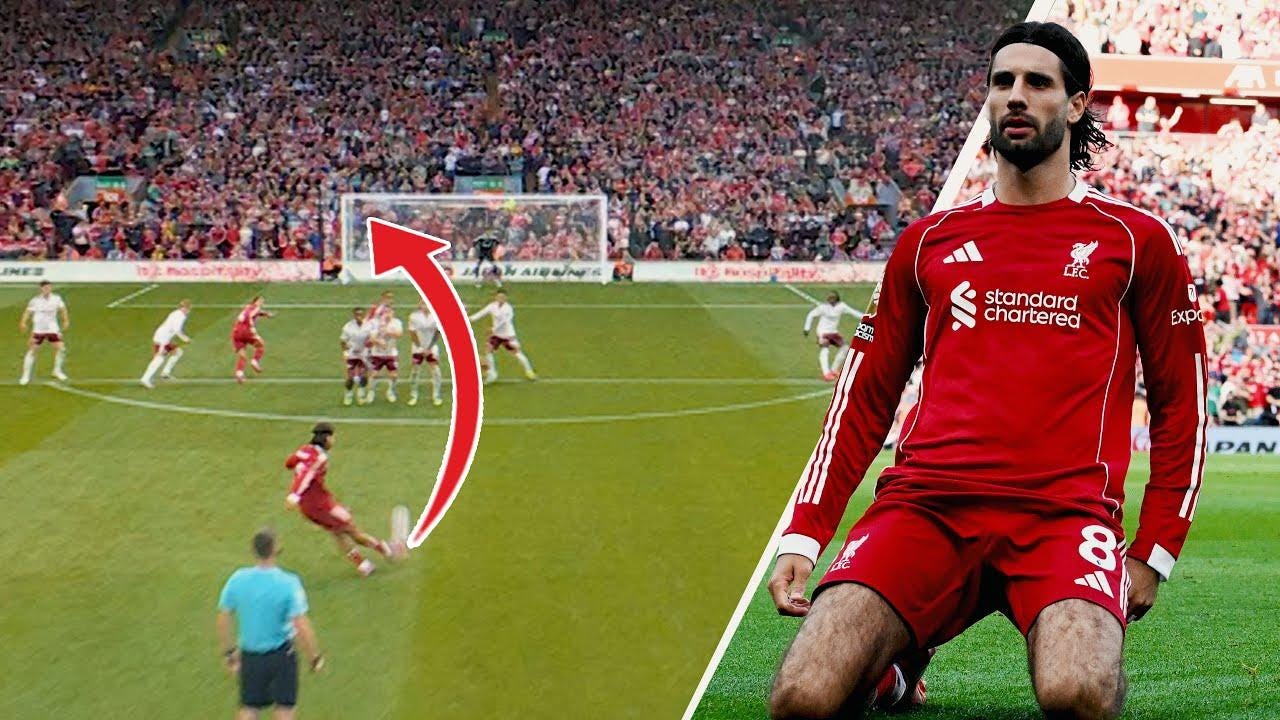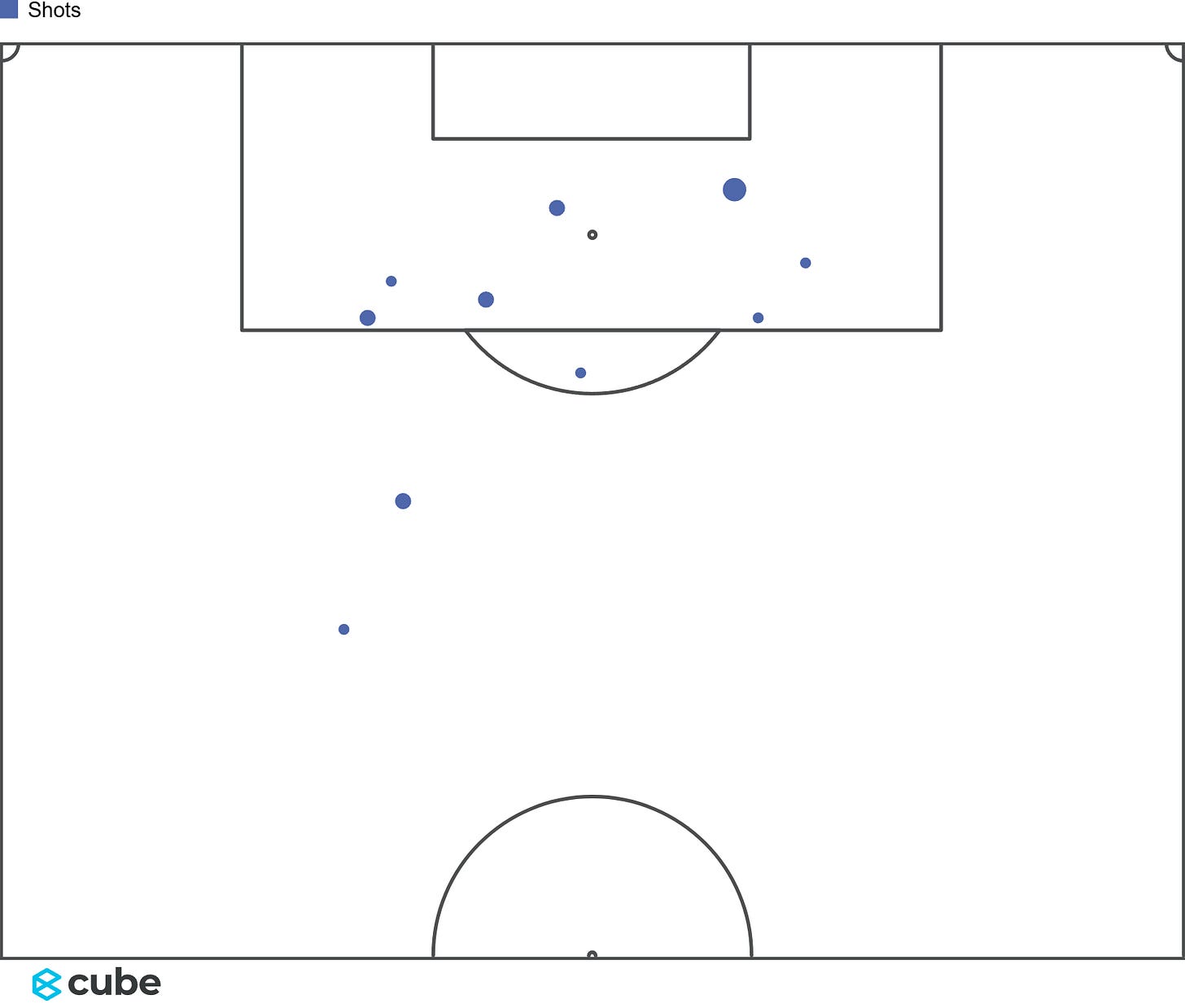How Liverpool Beat Arsenal: Statistical Analysis - Pressing, xG and Duels
Control Beats Chaos as Liverpool Silence Arsenal at Anfield
On an afternoon thick with transfer deadline static, Liverpool didn’t just deal with Arsenal. They outlasted them. While the rest of the Premier League watched inboxes for fresh signings, Anfield witnessed something rarer: a game of suffocation, frustration, and finally, release.
It ended 1–0 to Liverpool. Not because of fluidity. Not even because of dominance. But because, when it mattered most, they had a midfielder moonlighting at right-back who could bend the game to his will.
Old-School Title Clash, Modern Implications
This was a throwback: a game more defined by tension than tempo. Low-event, low-scoring, and high in consequence. These are the types of matches that used to fill April. Now they arrive in August.
In such games, variance is king. Wins are worth double a draw, losses only cost one point more. That imbalance in reward makes conservative football a dangerous bet. Arsenal came with a plan to drag the game into stasis. Liverpool resisted the urge to drift with them.
For long stretches, Liverpool held the ball but had no way through. Arsenal’s defensive structure is among the most disciplined in Europe. They cut passing lanes, narrowed spaces, and waited for mistakes. With Alexis Mac Allister struggling for fitness, Liverpool’s build-up looked laboured. There was no spark, no rhythm. Just red shirts probing in vain.
Arsenal slowly took control through the first half, easing the pressure by controlling possession and using their double pivot to bypass Liverpool’s press. Full-backs tucked inside, bodies crowded the middle, and the threat of transition never materialised.
But Arsenal lacked their most dangerous edge. Bukayo Saka was missing, Martin Ødegaard was held back until the final 20 minutes, and their output in open play was worryingly sterile.
Statistical Analysis: Arsenal’s Toothless Attack
Arsenal registered just 0.35 xG
Only two shots on target across 90 minutes
Their average shot distance? A speculative 17.28 metres
Even trailing, they never truly gambled. Arsenal’s only shot on target came via a second ball after a set-piece. That was it. In a game of fine margins, they barely asked a question of Liverpool’s back line.
It’s now been over 450 minutes since Arsenal last scored from open play at Anfield. That’s more than a quirk. It’s a trend.




